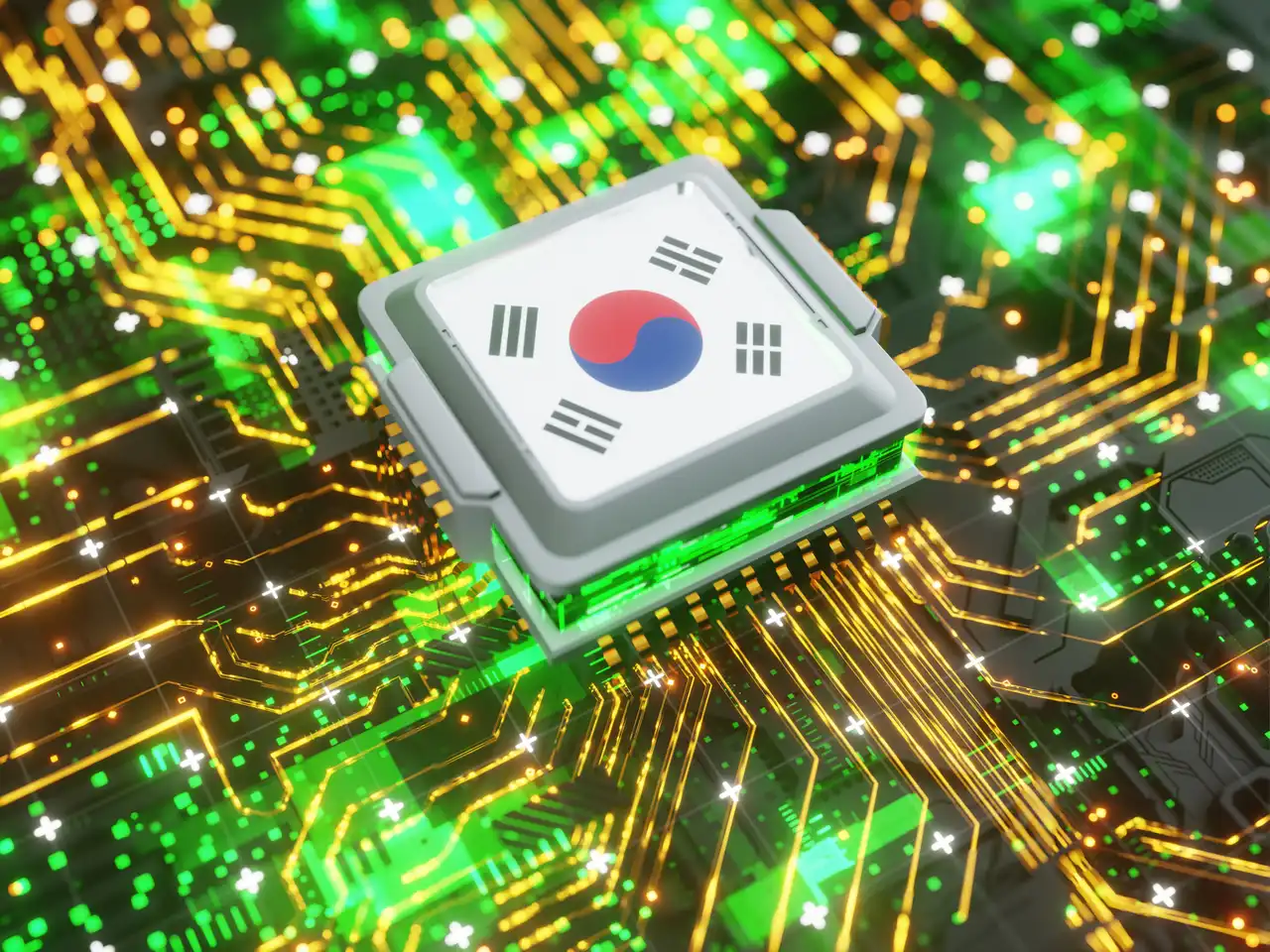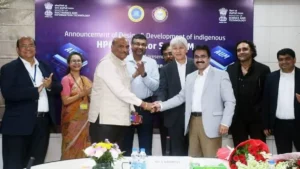Introduction
In a strategic move to enhance its global semiconductor standing, South Korea announced the ‘Semiconductor Ecosystem Support Package’ during the Ministerial Meeting on Economic Affairs on June 26.
Financial Support: A substantial portion of the package, 18.1 trillion won, is dedicated to a new “Semiconductor Financial Support Program.” This program will provide low-interest loans to semiconductor companies, with competitive rates that incentivize investment.
Ecosystem Funding: The initiative also includes the creation of a 1.1 trillion won fund to specifically support the growth of the broader semiconductor ecosystem. This fund will target investments in chip material providers, fabless companies, and other critical players in the industry.
Research and Development: South Korea is committed to long-term investment in R&D to stay ahead of the curve in chip technology. The package allocates funds for research initiatives focused on areas like advanced packaging technologies.
Tax Incentives: The government is extending tax benefits for companies that invest in semiconductors. This includes tax credit deductions for facility investments and R&D projects.
By implementing this comprehensive plan, South Korea aims to strengthen its entire semiconductor industry and secure its place as a global leader in this strategic and ever-evolving field.
This comprehensive plan, valued at 26 trillion won, aims to fortify the competitiveness of South Korea’s semiconductor ecosystem, addressing the entire value chain from materials to manufacturing.
Follow us on Linkedin for everything around Semiconductors & AI
Launch of the Semiconductor Financial Support Program
Facilitating Investment Financing
Starting in July, an 18.1 trillion won (+α) “Semiconductor Financial Support Program” will be launched to facilitate investment financing for semiconductor companies.
y 2027, the Industrial Bank of Korea will receive up to 2 trillion won (1 trillion won in cash + 1 trillion won in kind) to establish a 17 trillion won low-interest loan program.
These loans, set to commence next month, offer preferential interest rates of -0.8 to -1.0%p for large corporations and -1.2 to -1.5%p for SMEs and middle-market enterprises, marking the lowest interest rates available in the market.
Read More: Why GlobalFoundries Abandoned the Sub-7 nm Race: A Detailed Analysis – techovedas
Expansion of the Semiconductor Ecosystem Fund
Supporting Scaling and Growth
By 2027, a new semiconductor ecosystem fund of up to 800 billion won will be launched, expanding the total fund to 1.1 trillion won.
This initiative aims to support the scaling and growth of enterprises within the semiconductor industry.
Starting in July, the current fund, which aims to raise 300 billion won by 2025, will begin making equity investments in materials, parts, equipment, and fabless companies.
Tax Credit Extensions and Expansions
Enhancing Strategic Technology Incentives
The government will extend tax credits for national strategic technologies by three years. It aims to include advanced semiconductor materials, parts, and equipment in the eligible items.
Revisions to tax laws will allow software rental, purchase, research, and testing facility costs to qualify for tax credits. The tax credit rate for R&D in national strategic technologies .
It will be based on actual research hours, covering personnel in both strategic and general R&D activities.
Investment in R&D and Workforce Development
Boosting Competitiveness
From 2025 to 2027, we will allocate approximately 5 trillion won to R&D, commercialization, and workforce development to enhance the overall competitiveness of the semiconductor ecosystem.
This investment includes completing a preliminary feasibility study for large-scale R&D projects, such as establishing advanced semiconductor production-linked mini fabs.
Additionally, we will expand AI computing infrastructure to strengthen the foundation for demonstrating and commercializing advanced semiconductors, including AI semiconductors.
Read More: 7 Exciting Technology Products From CES 2024 – techovedas
Infrastructure Development for Semiconductor Clusters
Establishing Essential Facilities
The government plans to establish semiconductor cluster infrastructure, including roads, water, and power.
The public sector will actively share costs for these initiatives. National Route 45 expansion through Yongin National Industrial Complex.
It will accelerate with exemptions from preliminary feasibility studies and national funding support.
An integrated dual pipeline project to supply water to Yongin National and General Industrial Complexes.
It will also seek exemptions, with Korea Water Resources Corporation contributing to construction costs.
The phased power supply strategy will commence with an LNG power plant generating 3GW of electricity. It will stable operation of Yongin National Industrial Complex.
Plans for long-distance transmission lines are expected by the end of August, with costs shared between public and private sectors.
Read More: Why GlobalFoundries Abandoned the Sub-7 nm Race: A Detailed Analysis – techovedas
Conclusion
The government aims to foster a robust semiconductor ecosystem through substantial financial support, tax incentives, and infrastructure development.
These measures will enhance capabilities of existing companies and attract new investments, driving innovation within the sector.








